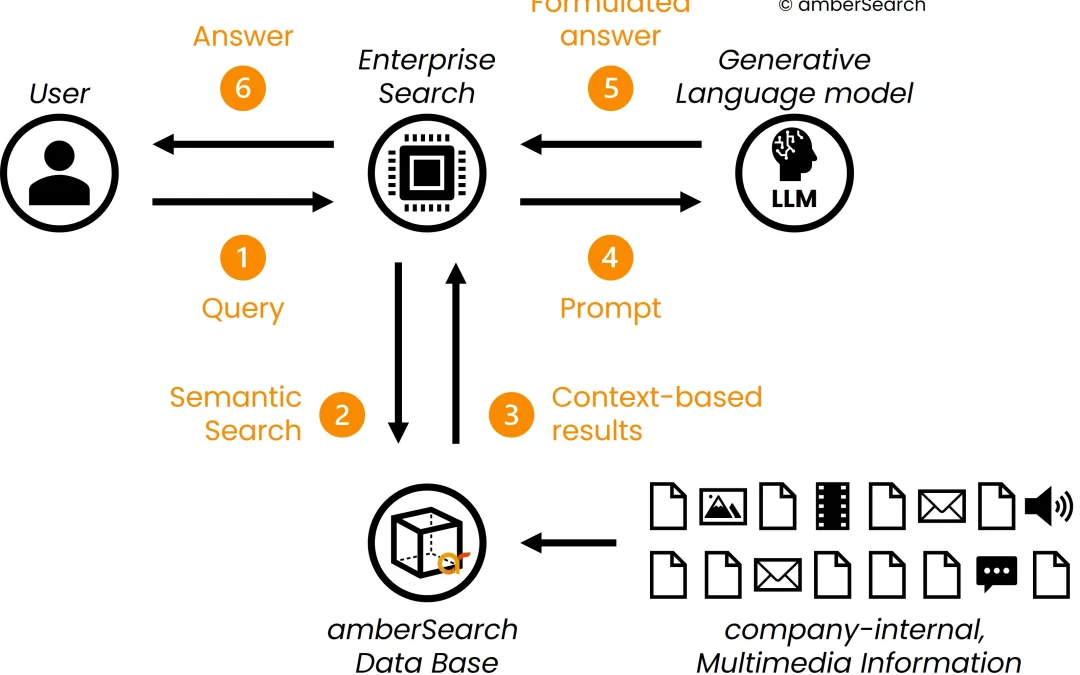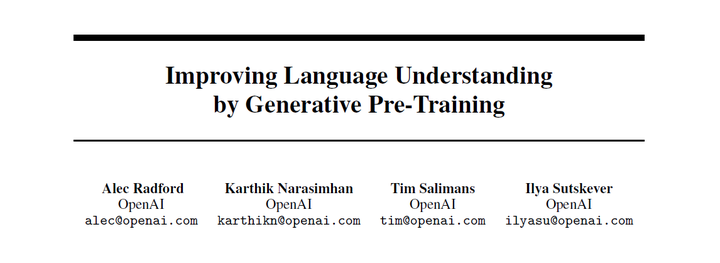
In the realm of artificial intelligence, two terms have been making significant waves lately: Generative AI and Large Language Models (LLMs). These concepts, though complex, are reshaping our understanding of what machines can do and how they can learn. In this blog post, we’ll dive into what these technologies are and why they’re so revolutionary.
Generative AI refers to a type of artificial intelligence that can generate new content. Unlike traditional AI, which is typically used to analyze data and provide answers based on existing information, generative AI can create novel outputs. This can range from text, images, and music to more complex outputs like predictive models or simulated scenarios. The key aspect of generative AI is its ability to learn from a set of data and then use that learning to generate something new, often mimicking human creativity.
Large Language Models are a specific type of generative AI. These models are trained on vast amounts of text data. By processing this data, they learn the intricacies of language, including grammar, style, and even the subtleties of different contexts. The most famous examples of LLMs are OpenAI’s GPT (Generative Pre-trained Transformer) series, like GPT-3 or GPT-4, which can write essays, poems, code, and even mimic human conversation to a startlingly accurate degree.
The “large” in Large Language Models isn’t an understatement. These models are trained on datasets comprising billions of words. This extensive training allows them to understand and generate human-like text. The ‘pre-trained’ part of their name means that before they’re put to any specific task, they’re trained on a general dataset to understand language. After this, they can be fine-tuned for specific tasks like translation, content creation, or even answering questions.
One of the revolutionary aspects of LLMs is their ability to perform a wide range of language tasks. Earlier AI models needed specific training for each task. For instance, you would need one model for translation, another for content generation, and so on. LLMs, however, have a vast understanding of language that makes them versatile. They can perform many language-related tasks without needing to be retrained for each one.
The capabilities of LLMs have exciting implications. They can assist in writing articles, creating conversational agents for customer service, developing more natural interfaces for software, aiding in education, and even helping non-native speakers with language learning. However, they’re not without challenges. Issues like ensuring the ethical use of these models, avoiding biases in the training data, and ensuring that the generated content is accurate and fair are ongoing areas of research and development.
In summary, Generative AI, and particularly Large Language Models, represent a significant leap forward in the field of AI. They hold the promise of machines that can not only process information but create new, meaningful content in a way that was once thought to be uniquely human. As we continue to develop and refine these technologies, they’re poised to have a lasting impact on how we interact with machines, process information, and even how we view creativity.
As these technologies evolve, it’s essential to approach them with a sense of responsibility. Ensuring that they’re used ethically and constructively will be key in harnessing their full potential while mitigating potential risks. With careful stewardship, Generative AI and LLMs can be powerful tools for innovation, creativity, and efficiency in numerous fields.

